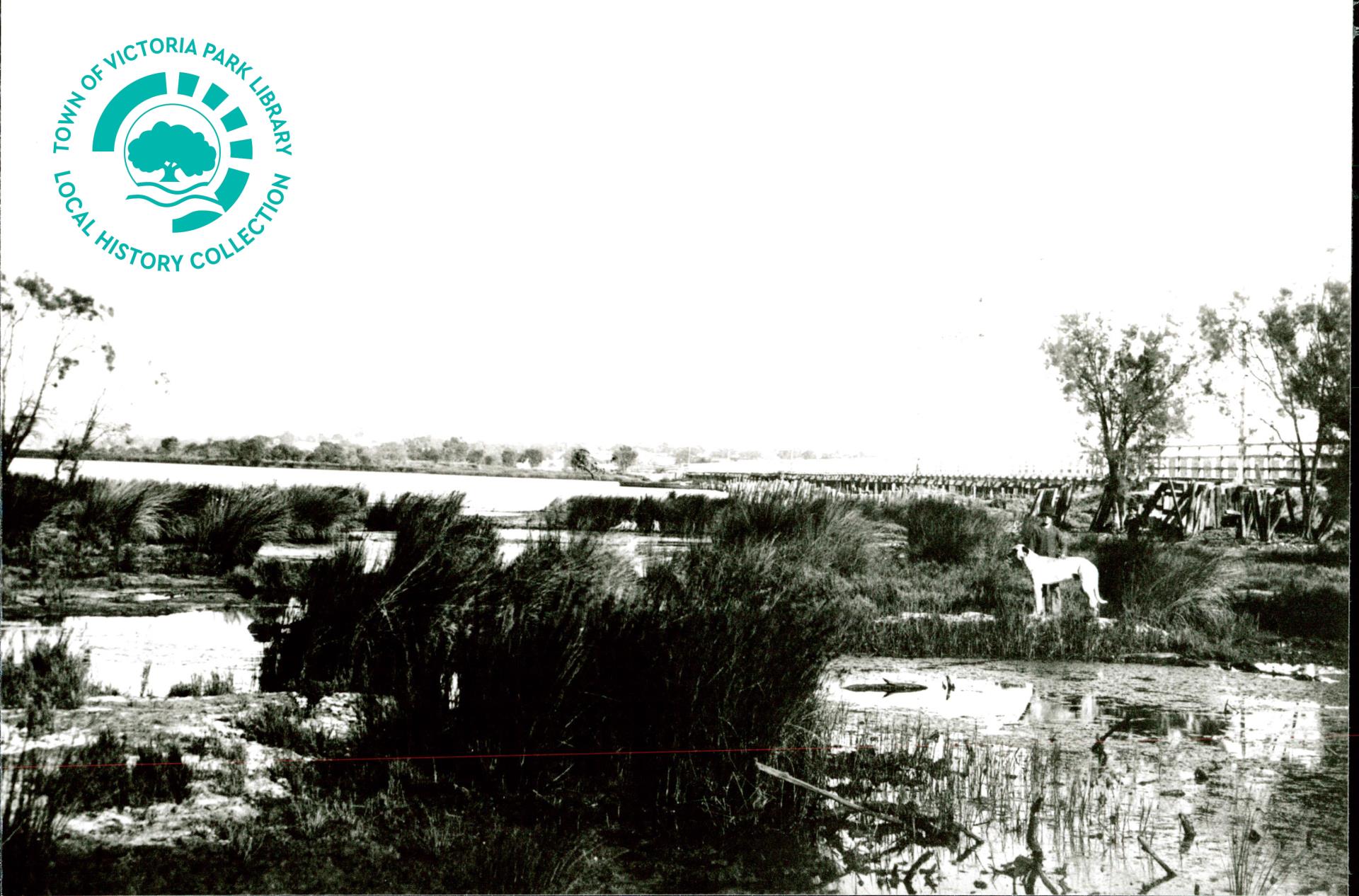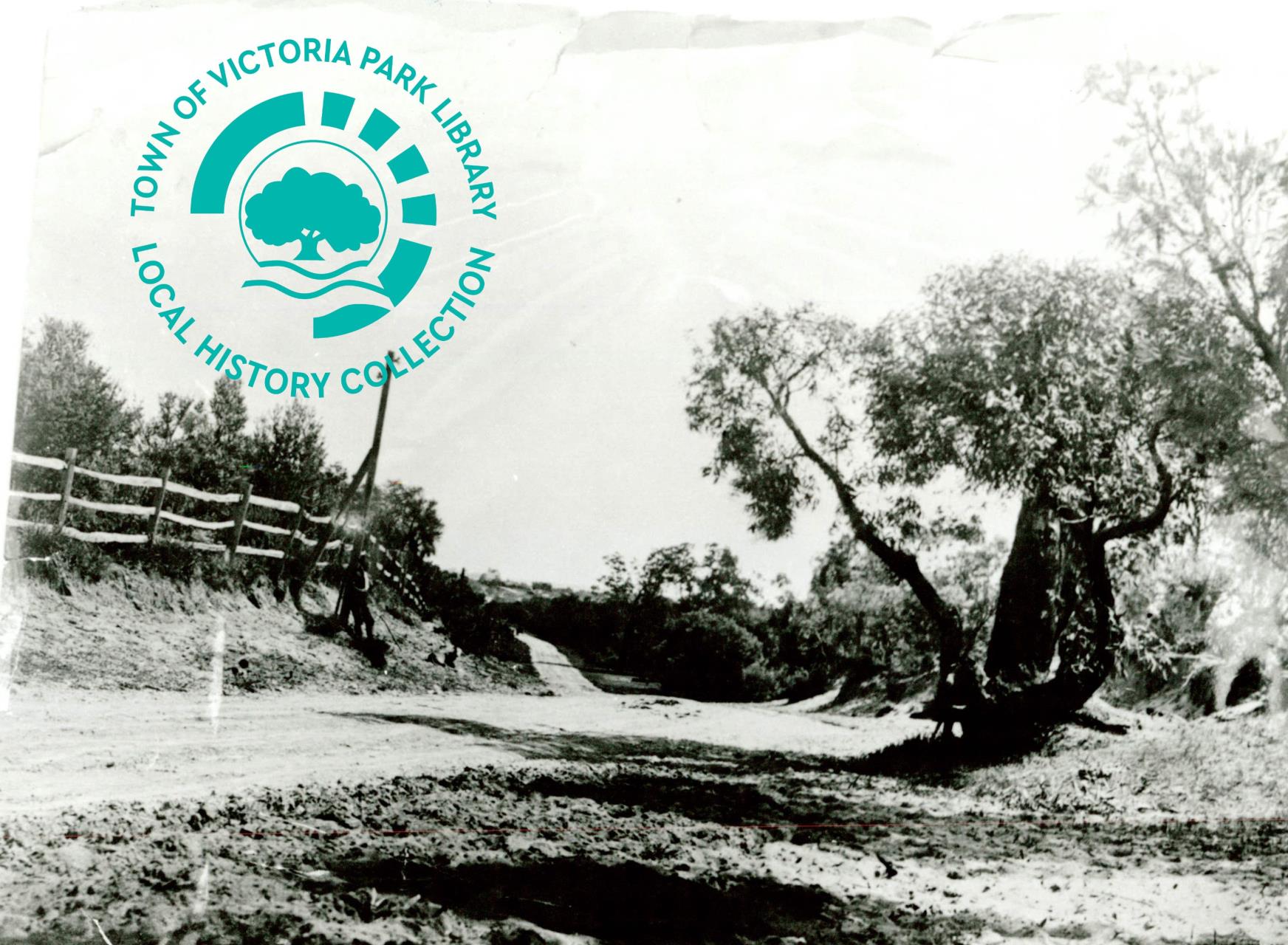Published on Tuesday, 15 October 2024 at 3:30:48 PM
On this #TimeWarpTuesday we go back to the early days of our municipal history and begin to look at the birth of local government. Why was there a need for this tier of government and how it came about it aptly introduced in the pages of our local history book ‘Beyond Matta Gerup: A History of Victoria Park by Susannah Thompson:
“Road to Municipality - Local Government in the Swan River Colony
The discovery of alluvial gold in the state’s east at Yilgarn in the late 1880s proved to be a watershed in Western Australia’s economic history, yielding unparalleled growth in both physical terms and in population size. During this time, loans were raised to commence building a new railway system, water connections, and sewerage (1). This boom period would also see renewed attempts to establish local government in the Colony, which had hitherto been a protracted process. For its first forty-one years, the Colony had been governed by the Colonial Secretary’s office in London, under the control of a British-appointed colonial governor. Whilst there had been some early efforts towards the establishment of local government with the passing of the 1838 Towns Improvement Act and the 1841 General Road Trust Act, because the Colony was struggling to survive, particularly in the first few decades after colonisation, the development of local government was slow.
In 1870, a Legislative Council was formed with the principal role as an advisory body to the Governor. The Council, which was composed of eighteen men, was an exclusive group drawn from three members of the public service, three appointed by the Governor himself and the remaining twelve voted in by those eligible for the restricted franchise (2). Although the Council’s role was initially strictly only an advisory capacity, the passing of the 1871 Municipal Institutions and the District Roads Acts further established the Colony’s commitment towards a more independent system of government. Primarily, these Acts gave municipal councils and roads boards jurisdiction of the building of roads, drains, public buildings, fences and sanitation, and they were also given the power to levy rates and borrow money, mainly from the Colonial government itself (3).
By 1871 there were eighteen defined Roads Districts. Modern-day Victoria Park was still so undeveloped that it did not yet warrant Road Board status: Burswood and the Causeway were part of the Perth Roads Board, whilst most of Swan Location 36 and Canning Location 2 were part of the massive Canning Roads Board, with the boundaries set down as follows:
Bounded on the North and East by the York District; on the South by a line from Mount Dale to South West corner of Kelmscott town site; thence by a line to Bull’s Creek thence following the Rivers Canning and Swan to South West corner to Swan District, exclusive of Perth and Guildford Road to junction of Swan District (4).
It would be some years before Victoria Park was sufficiently populated to be gazetted as a district in its own right.
The early years of the Swan River Colony marked, for some, the beginning of a new life in a near paradise that would bring aspirations of land ownership to fruition; for others, it was a time of disappointment and misfortune. For yet others, these years witnessed dispossession from their traditional lands and a way of life sustained for countless generations. Breton aptly notates that ‘it may with truth be asserted that of no such place on earth have there been published such contradictory reports as of Swan River’ (5). Whichever assessment is held to be true, these years of hardship and difficulty paved the way for increased settlement and with it the development of local government, which shall be examined in greater detail in the following chapter.”

PH00007-02 Looking towards Perth across the Swan River, c. 1880s. The Causeway bridge can be seen in the right of the image, as a dog looks on perhaps wondering, ‘when are they going to throw that ball they promised?’
Local History Collection, Town of Victoria Park Library Service.
“Growth of Local Government in Victoria Park
The suburbanisation of Perth began in earnest in the decade or so prior to the turning of the nineteenth and twentieth centuries (6). During this time a number of districts were declared as Roads Boards: South Perth in 1892, Claremont in 1893, Leederville in 1895, Subiaco and Bayswater in 1896 and North Perth in 1898. A number of areas were sufficiently settled to be declared municipalities, including Helena Valley/Midland Junction (later called Midland) in 1893, followed by Leederville in 1896, Claremont in 1898 , North Perth in 1901 and Cottesloe some years Later in 1907.
For its part, Victoria Park was still a relatively sparsely populated area towards the end of the nineteenth century. By 1886, there were only twenty houses in the area (7). Quarter-acre blocks had been offered in the newly-subdivided Victoria Park Estate since 1891; advertisements in The West Australian optimistically urged ‘Capitalists’ to in invest in the estate ‘as it will treble itself within two years.’ In time, several other estates would be subdivided, including Balmoral Estate and Canterbury Estate. Nonetheless, for several years the district was still relatively untouched by the encroachment of suburbia: an application for a liquor licence in 1892 for premises known as ‘Bardon Hill in Victoria Park Estate’ by one John Jones, for example, was refused on the grounds that it was ‘premature’; the area was not settled enough (8).
In 1893, a number of residents had met to consider the possibility of the formation of a Roads Board for the ‘Lower Canning’. Then Chairman of the South Perth Roads Board and Perth City Councillor and soon to be a Member of the Legislative Assembly, Walter James, presiding over the meeting, noted that there were now approximately 300 people residing in the Victoria Park estates (9). The district had ‘advanced considerably of late’ and should now be formed into a separate Roads Board district so that it would ‘advance still more rapidly in the future’ (10). In May 1894 the Department of Lands and Surveys gazetted the district of Victoria Park, and the electoral lists for the area were settled. The first elections for the Victoria Park Roads Board were held on the 9th July 1894. Elected to the inaugural Roads Boards was F. Gascoyne Williams as Chairman, with six members: William Stubbs, George Fairbrother, James Harry Ogborne, Robert George Jennings, Colin Lyon Forbes and George Rouse.”
Join us next week as we look at what happened next, and as always if you have a story, photographs, or other memorabilia to share with future generations, please get in touch with us at the Library. We are always looking to add to our Local History Collection and to fill in the missing pieces of history as well as to add ‘flesh’ to the bones of history, so to speak, through acquiring photographs of people, places and things.
#LoveVicPark

PH00008-01 Two Mile Well, 1889, Albany Road (corner Harper Street). This location was known as ‘Two Mile Well’ as it was two miles from the General Post Office located on the corner of St George’s Terrace and Barrack Street, Perth. The image is taken looking north down Albany Road. This junction became a major focal point of the Town with the Broken Hill Hotel on one corner and the Broadway Picture Theatre and Victoria Park Public Library Inc. across the road.
Local History Collection, Town of Victoria Park Library Service.
References:
1 - Statham, in New History of Western Australia, pp. 216-218.
2 - Edmonds, Vital Link, p. 15.
3 - Edmonds, Vital Link, pp. 15-16.
4 - Government Gazette, 25th January 1871.
5 - Berryman, Swan River Letters, p. 39.
6 - C.T. Stannage, People of Perth: A Social History of Western Australia’s Capital City, Perth, W.A.: Perth City Council, 1979, p. 241.
7 - Town of Victoria Park, Municipal Heritage Inventory, Heritage TODAY, 2000, p.49.
8 - West Australian, 8th March 1892.
9 – For further information on Walter James, see Hunt, Lyall, ‘James, Sir Walter Hartwell (1863–1943)’, Australian Dictionary of Biography, National Centre of Biography, Australian National University, http://adb. anu.edu.au/biography/james-sir-walter-hartwell-6824/text11809, accessed 12th February 2012.
10 - Inquirer and Commercial News, 29th December 1893.
Bibliography:
Berryman, Ian (ed.), Swan River Letters: Volume 1, Glengarry, W.A.: Swan River Press, 2002
Edmonds, Leigh, The Vital Link: A history of Main Roads, Western Australia1926-1996, Crawley, W.A.: UWA Press, 1997
Stannage, C.T., A New History of Western Australia, Nedlands, WA: UWA Press, 1981
Excerpt itself is from:
Thompson, Susannah 2013, ‘Beyond Matta Gerup: A History of Victoria Park’, Town of Victoria Park, Victoria Park, Westeran Australia, pp. 24-25, 27-28.
Back to All News